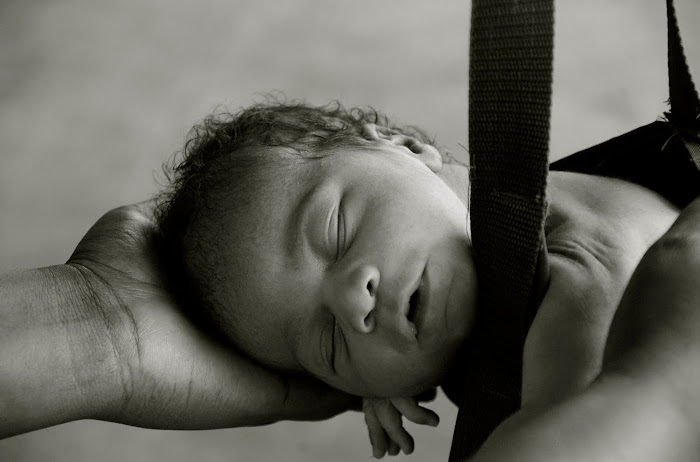Having arrived back from a bitterly cold Christmas break, I struggled to get back into work, knowing that I would be on the road in another 2 weeks. I had a lot of loose ends to tie up on some projects that I didn't manage to finish/polish before I went home, and focused my energy on these. Administrative tasks seem to take a lot longer here in Uganda, and it's very possible that you might manage to achieve one or two things in a day that would take an hour or two in the UK, but you literally don't stop running round sorting for a full 8 hours.
It was nice to see friends and colleagues at Mulago, the midwife in charge of Ward 14, Sarah, greeted me with a hug, and the exclamation of 'You look well, you've gone all pale and you've put on weight'. This, I think, was meant as a compliment! Others seemed to think that I had run off and left them forever without so much as a goodbye 'You are lost! Eh!'.
My industrious fortnight consisted of arranging the printing and laminating of posters, which I spectacularly failed to achieve while in the UK, completing the first draft of the normal labour guideline, completing the work on the AMEWS charts and policies, advertising for the next round of applicants to go to Liverpool in April and making printed flowcharts for ward 14. I did a midwife teaching session on Eclampsia and Premature Rupture of Membranes, and while on ward 14 mid-tutorial got involved in some neonatal resuscitation that involved a fairly swift and extremely bump 4x4 ambulance journey down the hill to SCBU. Trying to perform bag and mask in such a situation is no easy feat, especially when you're sitting sideways on a makeshift bench, and sprinting up 3 flights of stairs - especially when running is against your religion - makes for a very sweaty Mzungu.
We used some of the Magic Whiteboard that Clare Fitzpatrick brought over in December to make a prioritisation whiteboard for the emergency caesarean section list, which went up and was being used the same day, with much excitement from the SHOs. I made a decision to appear not to have any involvement in the implementation of this, to see if the acceptability and uptake is any different. I have been reading a lot about volunteer involvement in Africa and the lack of sustainability once volunteers leave. I'm concerned that much of what I may start here will not continue once I leave, and after my recent break am also aware of the importance of conserving my own energy and sanity levels and spending a little bit more time focusing on gaining personal clinical experience - particularly in theatre. Mark Muyingo, who has recently been in Liverpool, put the whiteboard up and announced it, so I hope that he will continue to drive it.
I'm keen to get whiteboards up on the central delivery suite, but I'm not sure how easy they will be to implement. There are times when patients go missing, as we don't have a way of keeping tabs on who's present on the labour ward. They may sit outside with their attendants while waiting to go to theatre, get missed, and end up being found the next day with a more significant problem than they started with. A geographical whiteboard would help to improve patient monitoring, and ultimately might help everyone manage the women better. It may also improve partograph usage. The number of patients and the current lay out of the labour ward would not be easy to manage even with a whiteboard system, but it would be a step in the right direction.
By contrast, ward 14 deliver around 20-25 women a day, and it is a much more ordered place. We put a huge whiteboard up there, the staff numbered the beds and we then laid the board out methodically, with an example patient in the far corner. We're hoping that this whiteboard will improve the pick up of women heading for an obstructed labour or who are failing to progress and facilitate earlier transfer, hopefully resulting in better outcomes - fewer sections, stillbirths etc. The staff seemed very enthusiastic, and after putting a couple of women's details on the board we had a Post Partum Haemorrhage on the ward. I put all the details on the board, real time, including drugs given, estimated blood loss and the time the ambulance was called to transfer her, to illustrate just how useful the board can be. I left it in the hands of the co-ordinator, along with some money for extra pens, and departed the hospital, ready to disappear off travelling for a few weeks with my Mum...

No comments:
Post a Comment
Constructive comments and messages from family and friends welcome